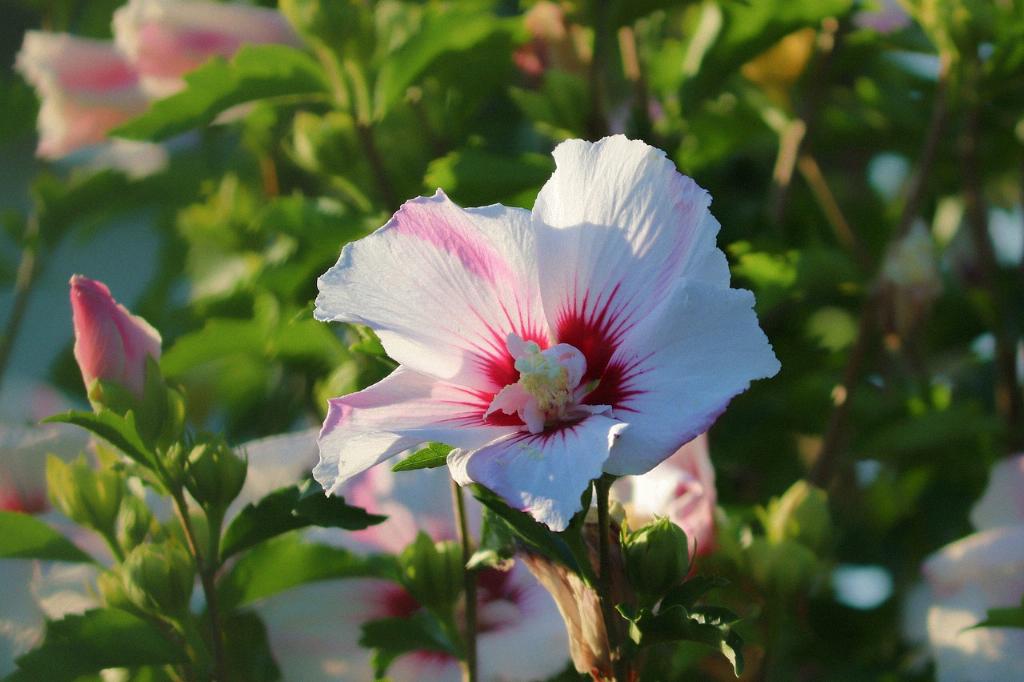When it comes to watering your hibiscus plants, striking the right balance is key to their health and vibrancy. Hibiscus plants thrive in moist soil, but they can also suffer from root rot if overwatered. Understanding the specific watering needs of hibiscus plants is essential for their proper care.
Factors Influencing the Watering Frequency of Hibiscus Plants
Several factors influence how often you should water your hibiscus plants. These include the temperature, humidity levels, the type of soil, the size of the plant, and the container it’s in. In general, hibiscus plants require more frequent watering during hot, dry weather and less water during cooler, rainy periods.
Signs of Overwatering or Underwatering in Hibiscus Plants
Overwatered hibiscus plants may develop yellow leaves, root rot, and a lack of flowering. On the other hand, underwatered hibiscus plants may have drooping leaves, dry and brittle stems, and wilting flowers. Monitoring your plant for these signs can help you adjust your watering routine accordingly.
Best Practices for Watering Hibiscus Plants
For optimal results, water your hibiscus plant early in the morning to avoid evaporation loss and provide adequate moisture throughout the day. Use room-temperature water and water directly at the base of the plant to prevent water from splashing on the leaves, which can lead to fungal diseases.
Watering Schedule for Different Seasons
During the growing season, typically in spring and summer, hibiscus plants require more frequent watering, about twice a week. In fall and winter, when the plant is dormant, reduce watering to once a week or less, depending on the environmental conditions.
Adjusting Watering Frequency Based on Environmental Conditions
Be mindful of environmental factors such as temperature, humidity, sunlight exposure, and wind when determining how often to water your hibiscus plant. During periods of high heat and low humidity, your plant may require more frequent watering to stay hydrated.
Watering Techniques for Hibiscus Plants
Avoid waterlogging by ensuring proper drainage in the soil and using a watering can or hose with a gentle flow to water your hibiscus plants evenly. Mulching can also help retain soil moisture and reduce the frequency of watering. Regularly check the soil moisture level by inserting your finger into the soil up to the first knuckle.
Conclusion
In conclusion, understanding how often to water your hibiscus plants is crucial for their overall health and growth. By following the best practices outlined in this article, monitoring signs of overwatering or underwatering, and adjusting your watering frequency based on the season and environmental conditions, you can ensure your hibiscus plants thrive and bloom beautifully.

